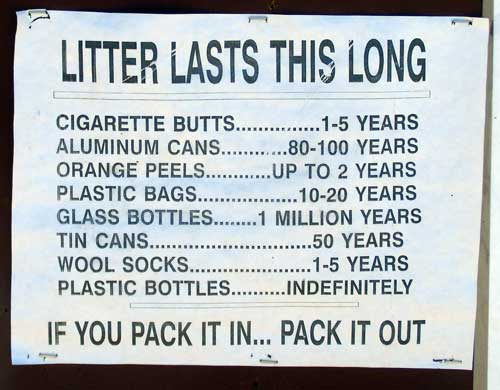Facts about litter in the sea
•One million seabirds are killed by marine litter every year100,000 turtles and marine mammals, such as dolphins, whales and seals, are killed by plastic marine litter
• Plastics are the most common man made objects sighted at sea, with 18,000 pieces of plastic litter floating on every square kilometer of the world's oceans!
• Six million tones of debris enters the world's oceans every year, weighing about the same as a million elephants!
• More than 260 animal species worldwide have become entangled in or consumed fishing line, nets, ropes and other discarded equipment.
• An astounding 86 per cent of all marine turtles are affected by marine debris.
• Every day ships throughout the world discard 5.5 million pieces of rubbish into our oceans.
• Carbon emissions into our atmosphere are killing our coral reefs! Our oceans are absorbing the excess carbon dioxide and becoming more acidic. The acid is literally ‘eating away' the skeleton of the corals.
(Fun Facts)
Do you know how long it takes for litter to break down in the ocean?
» Paper bus and parking tickets: 2 - 4 weeks.
» Orange and banana peel: up to 2 years.
» Cigarette butts: 1 - 5 years.
» Plastic bags: 10 - 20 years.
» Foam cups and tin cans: 50 years.
» Aluminum cans: at least 80 years. Plastic bottles: 450 years.
» Fine fishing net: at least 600 years (much longer for heavier nets).
» Glass bottles: 1 million years.



